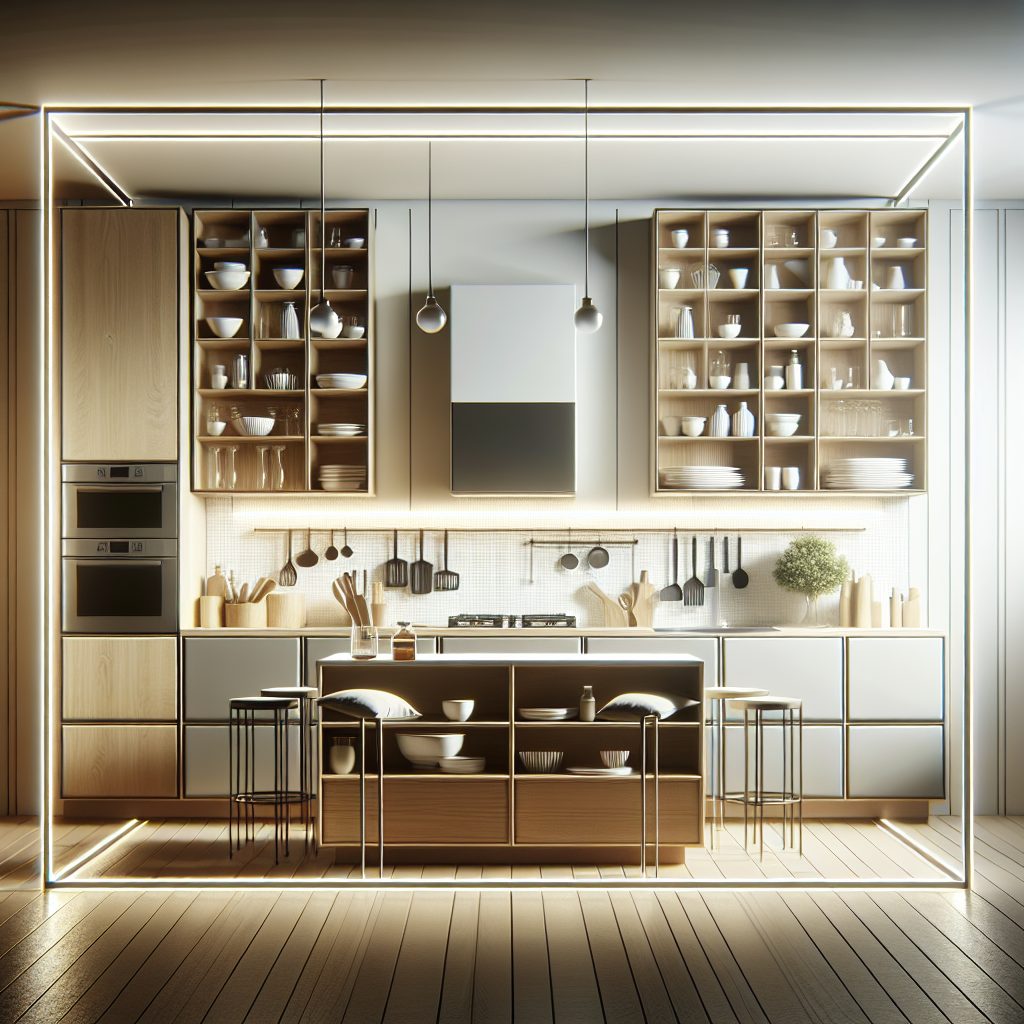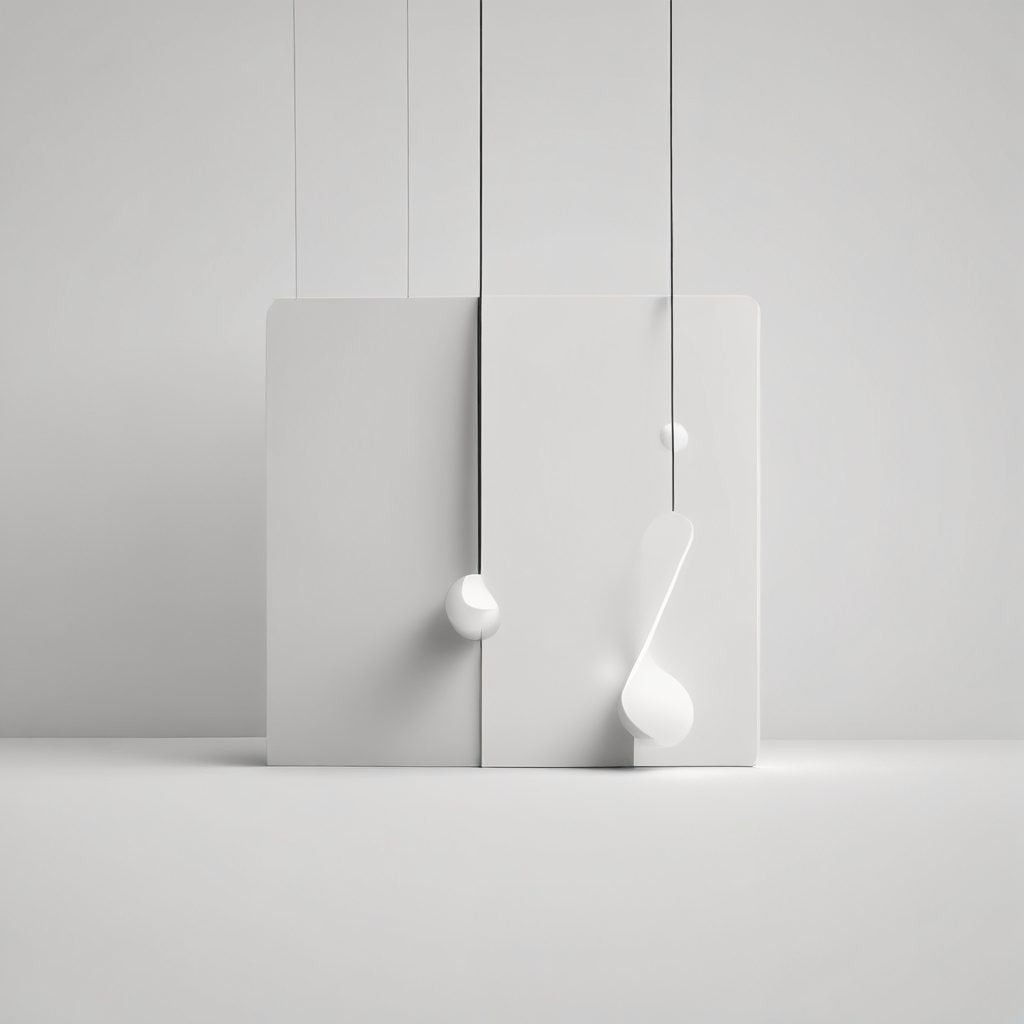
How to Maintain and Care for Your Kitchen Cabinets
Kitchen cabinets are a significant investment in your home, both in terms of functionality and aesthetics. Proper maintenance and care can extend their lifespan, keep them looking new, and ensure they continue to serve your needs effectively. This article will guide you through the essential steps to maintain and care for your kitchen cabinets, ensuring they remain a beautiful and functional part of your home for years to come.
Understanding Your Cabinet Material
The first step in maintaining your kitchen cabinets is understanding the material they are made from. Cabinets can be constructed from a variety of materials, including solid wood, laminate, and metal. Each material has its own set of care requirements. For instance, solid wood cabinets are susceptible to moisture and temperature changes, which can cause warping or cracking. On the other hand, laminate cabinets are more resistant to moisture but can peel or chip if not handled properly.
According to a report by the Kitchen Cabinet Manufacturers Association, 70% of kitchen cabinets in the U.S. are made from wood or wood-based materials. This statistic highlights the importance of understanding wood care. Regular dusting and cleaning with a damp cloth can help maintain the finish of wood cabinets. For laminate cabinets, using a mild detergent and avoiding abrasive cleaners can prevent damage. Knowing your cabinet material is crucial for applying the right maintenance techniques.
Regular Cleaning Practices
Regular cleaning is essential to keep your kitchen cabinets looking their best. Dust, grease, and food particles can accumulate on cabinet surfaces, leading to discoloration and damage over time. A simple routine of wiping down your cabinets with a soft, damp cloth can prevent this buildup. For tougher stains, a mixture of warm water and mild dish soap can be effective. It’s important to dry the cabinets thoroughly after cleaning to prevent moisture damage.
In a survey conducted by HomeAdvisor, 85% of homeowners reported that regular cleaning significantly improved the appearance and longevity of their kitchen cabinets. This statistic underscores the importance of consistent maintenance. Additionally, using natural cleaning solutions, such as vinegar and water, can be an eco-friendly alternative to chemical cleaners, reducing the risk of damaging your cabinet’s finish.
Protecting Against Moisture and Heat
Moisture and heat are two of the biggest threats to kitchen cabinets. Excessive moisture can cause wood to warp and laminate to peel, while heat can damage the finish and cause discoloration. To protect your cabinets, it’s important to address any leaks or spills immediately. Installing a range hood can help reduce heat and moisture from cooking, while using coasters and trivets can protect surfaces from hot pots and pans.
According to the National Association of Home Builders, moisture damage is one of the most common issues affecting kitchen cabinets. This highlights the need for proactive measures to protect your investment. By ensuring proper ventilation and addressing moisture issues promptly, you can prevent long-term damage and maintain the integrity of your cabinets.
Handling Repairs and Replacements
Even with the best care, kitchen cabinets may require repairs or replacements over time. Common issues include loose hinges, broken handles, and scratched surfaces. Addressing these problems promptly can prevent further damage and maintain the functionality of your cabinets. For minor repairs, such as tightening screws or replacing hardware, a basic toolkit may suffice. However, for more significant issues, such as water damage or structural problems, it may be necessary to consult a professional.
In a study by Houzz, 60% of homeowners reported undertaking kitchen cabinet repairs within the first five years of installation. This statistic emphasizes the importance of being prepared for potential repairs. Regular inspections can help identify issues early, allowing for timely interventions that can save you money and extend the life of your cabinets.
Conclusion: Long-Term Care for Lasting Beauty
Maintaining and caring for your kitchen cabinets is an ongoing process that requires attention to detail and a proactive approach. By understanding your cabinet material, implementing regular cleaning practices, protecting against moisture and heat, and addressing repairs promptly, you can ensure your cabinets remain a beautiful and functional part of your kitchen for years to come.
As the saying goes, “An ounce of prevention is worth a pound of cure.” By investing time and effort into the care of your kitchen cabinets, you can preserve their beauty and functionality, enhancing the overall value and enjoyment of your home.




 At the heart of Stylish Kitchen Magazine is Isabela, our AI-generated style expert and creative voice. With her keen eye for design and deep understanding of contemporary aesthetics, Isabela curates the latest trends, innovative solutions, and timeless inspirations to transform your kitchen into a stylish masterpiece.
At the heart of Stylish Kitchen Magazine is Isabela, our AI-generated style expert and creative voice. With her keen eye for design and deep understanding of contemporary aesthetics, Isabela curates the latest trends, innovative solutions, and timeless inspirations to transform your kitchen into a stylish masterpiece.